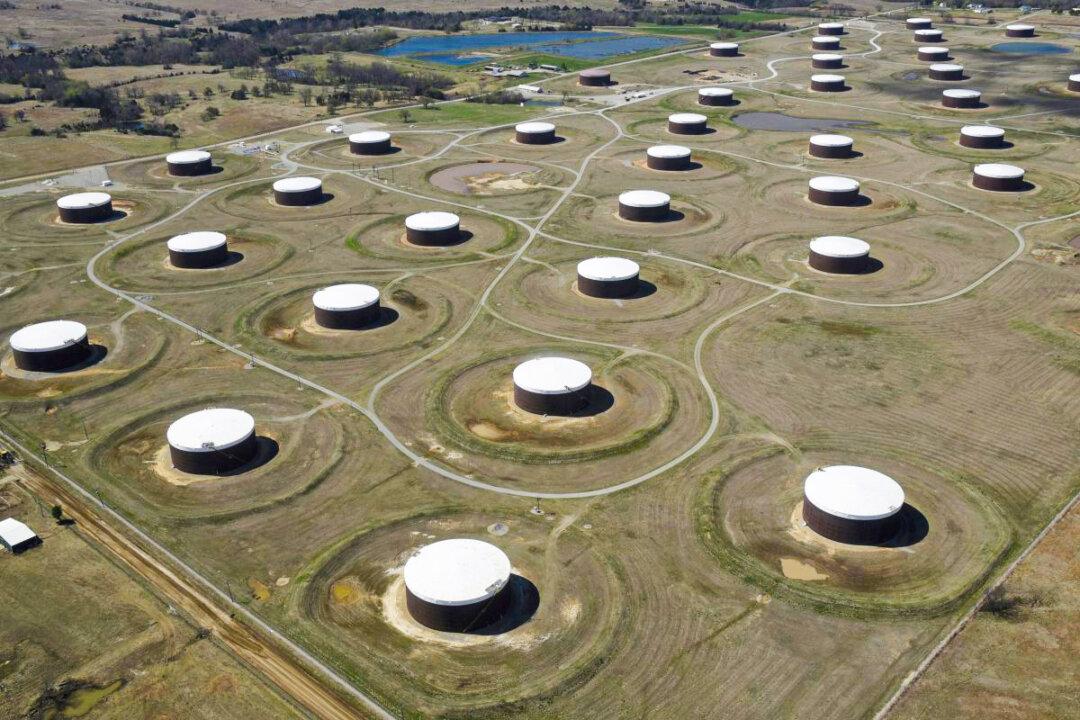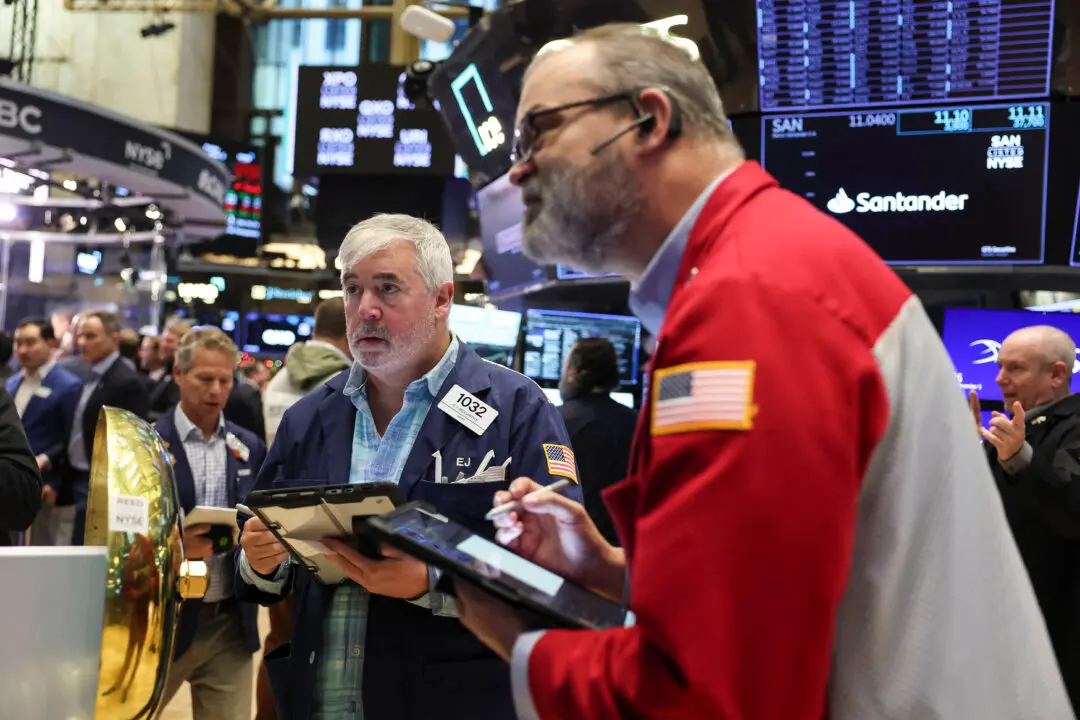The new year could be another roller coaster for the oil industry. Supply and demand could remain volatile, causing wild fluctuations in price, with experts divided on the direction.
Oil prices were up and down in 2024. In the first half of the year, West Texas Intermediate crude headed higher, trading in the $70–$86 per barrel range. In the second half, they dropped to $65–$82.





